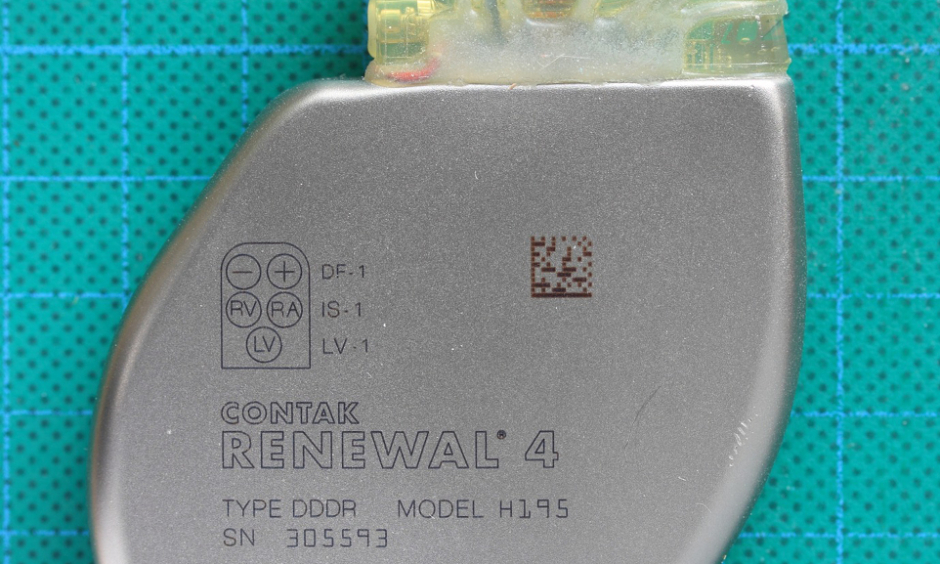MAJOR variations in the requirement for pacemakers to manage abnormally low heart rate have been found between ethnic groups. The study, conducted by researchers at the University of Leicester, Leicester, UK, discovered that the South Asian population (from India, Pakistan, Bangladesh, and Sri Lanka) require the device far less frequently than white Europeans, suggesting there are genetic factors involved in this distinction.
Major Variation
Over the course of 8 years, researchers analysed 4,883 permanent pacemakers fitted in patients diagnosed with bradycardia in Leicestershire, an ethnically diverse region of the UK. After controlling for risk factors such as heart disease and age, it was found that permanent pacemakers were implanted six-times more often in white Europeans than in South Asian people. This goes against the usual trend of South Asians being more susceptible to heart conditions than Europeans.
“From previous research comparing the two populations, we know that South Asians have higher incidences of coronary artery disease and stroke compared to people of European origin. However, with this particular heart condition, our study shows that the level of susceptibility is in fact reversed,” commented Prof Iain Squire, University of Leicester.
Genetic Factors
The findings therefore suggest there are genetic variants explaining this variation. Discovering what these are, in addition to any other mechanisms that cause the imbalance, could help scientists better understand the pathophysiology behind this particular condition, potentially leading to new ways in which it can be prevented and treated.
Pacemakers
Currently, implanting a permanent pacemaker is the most effective method of managing bradycardia, a condition that becomes increasingly common with age. The device, which is implanted into the skin below the collarbone, is connected to a pacing wire that sends an electrical impulse to stimulate the heart to beat when it identifies the heart rate as being too low.
James Coker, Reporter
For the source and further information about the study, click here.








